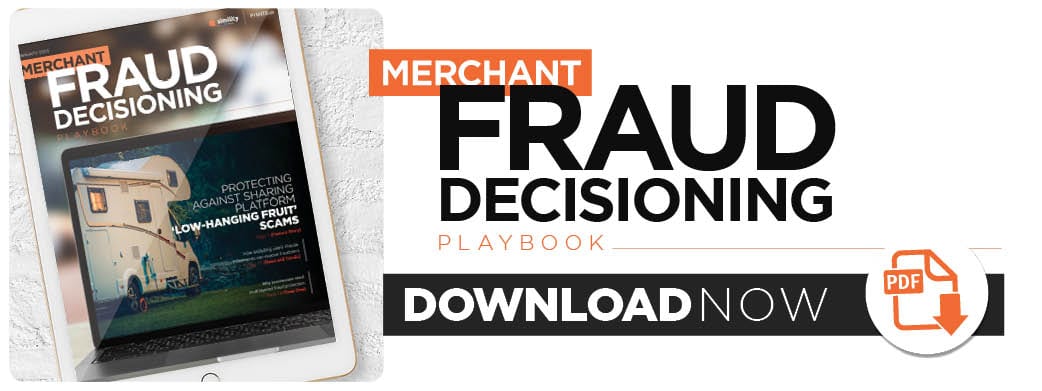Employing A Multilayered Approach For Robust Fraud Protection

Fraud protection techniques have advanced rapidly over the past decade to keep pace with fraudsters preying on emerging weak points. Bad actors have taken full advantage of the online world’s increasing fragmentation as consumers and businesses alike interact across dozens of channels.
Banks, businesses and others still have numerous fraud problems to address, from text-based scams and phishing to synthetic identity theft. The latter form is of particular concern for businesses across multiple industries, as various breaches that have occurred over the past several years have made stolen or misused data easier to obtain.
Companies have implemented measures to hinder the creation of synthetic identities, but cybercriminals have responded by making them more robust. It now takes fraudsters 12 to 18 months on average to cultivate false identities that can pass the tests many online businesses and banks utilize to spot them, for example. These individuals build out credit histories and other digital trails designed to mimic legitimate customers’ profiles.
Cybercriminals using synthetic identity fraud can cause damage, but the real impact is to companies’ relationships with their legitimate users. These scams can both leave consumers vulnerable and force them to suffer through complex anti-fraud measures. Businesses need to properly determine which consumers are legitimate, but some authentication measures fall short. The best approach is therefore to use several technologies and apply multiple verification strategies to ensure that fraudsters do not slip through the cracks.
Fraudsters and the Access Problem
Granting smooth and secure access to legitimate users is one of the largest hurdles businesses and financial institutions (FIs) face, as customers need to be able to make purchases, pay bills, send messages and conduct other daily tasks online. Firms have implemented a range of technologies to thwart fraudsters since digital transactions have become the norm, including artificial intelligence (AI), biometrics, machine learning (ML) and passwords. Each of these tools has strengths and weaknesses when it comes to data security and protection, however.
Many businesses are employing multiple technologies to compensate for the shortfalls of individual tools. Various industries rely on AI and ML to quickly categorize data, for example, which can help companies more easily determine whether consumers’ transactions or accounts are legitimate. These advanced learning tools rely on factors such as online credit histories, geolocations and IP addresses to verify consumers’ identities, but such information can be falsified by bad actors tapping into vast pools of stolen credentials.
Pairing technologies that examine disparate identifiers could eliminate these weaknesses, however. Biometrics and other authentication tools that leverage users’ unique details can be combined with AI and ML to ensure protection, for example. Behavioral biometrics can be combined with AI to provide a relatively airtight defense against synthetic identity fraud, as each technology can detect behavioral patterns that the other might miss. Companies and FIs can also enhance their AI risk models by employing secondary identity checks at checkout or after users have logged in. These can include one-time passcodes or queries for additional documents to establish identity verification. Such technologies can ultimately contribute to more robust anti-fraud measures for online businesses.
The Technology Barrier
A multilayered approach is critical to warding off fraudsters, but companies must put thought into how they implement anti-fraud measures. Consumers still tend to think of fraud protection as a problem for the banks and businesses with which they interact, meaning inconvenient experiences and fraud incidents are equally likely to drive them away. Businesses therefore must balance ease of use and security concerns when deploying fraud protection technologies.
Businesses, FIs and fraud prevention technology providers must also consider the fraud ecosystem’s evolving nature. Companies need to adjust their strategies to adapt to new channels and satisfy their customers, as bad actors conduct their schemes through platforms that have yet to innovate their anti-fraud efforts. Blending multiple security technologies can help companies protect consumers, but firms must utilize the right mix of tools to ensure that their experiences remain smooth, as well.

